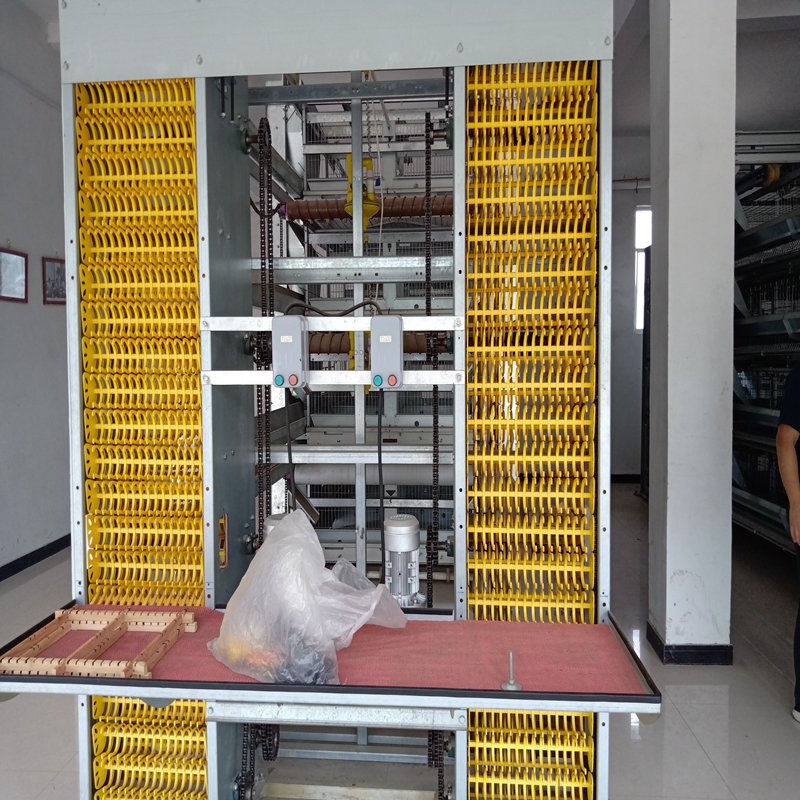cattle feed processing machines
Noy . 20, 2024 19:44 Back to list
cattle feed processing machines
The Importance of Cattle Feed Processing Machines
In the livestock industry, the efficiency and quality of cattle feed are critical factors that directly impact the health of cattle, the productivity of dairy and beef farms, and the economic viability of agricultural operations. Cattle feed processing machines play a pivotal role in ensuring optimal feed quality, promoting better digestion and nutrient absorption in cattle. This article explores the significance of these machines, their types, and the advancements in technology that enhance their functionality.
The Role of Cattle Feed
Cattle feed is essential for providing the required nutrients to livestock, which directly affects their growth, milk production, and overall health. Quality feed contributes to better weight gain in beef cattle and increased milk yield in dairy cattle. Therefore, effective feed processing is crucial for maximizing productivity on farms. High-quality feed must be well-balanced in nutrients, easily digestible, and free from contaminants.
Types of Cattle Feed Processing Machines
Cattle feed processing involves several steps, each requiring specific machinery to prepare the feed adequately. The most common types of machines used include
1. Grinders and Crushers These machines break down raw materials, such as grains, legumes, and silage, into finer particles. This process enhances digestibility and allows cattle to absorb more nutrients from the feed.
2. Mixers Feed mixers ensure that all ingredients are uniformly blended. This uniformity is crucial for providing balanced nutrition to cattle, as it prevents the risk of nutrient segregation, which can lead to deficiencies.
3. Pelletizers Pelletizing machines compress the mixed feed into pellets, which are easier for cattle to eat and digest. Pellets also reduce feed waste, as they are less likely to be scattered.
4. Extruders These machines cook and shape feed ingredients under high pressure and temperature, improving nutritional value and digestibility. Extrusion is particularly useful for processing certain types of grains and legumes.
cattle feed processing machines

5. Mixing and Grinding Mills These facilities combine grinding and mixing functions to streamline the production process, allowing for efficient and thorough feed preparation.
Advancements in Technology
The evolution of cattle feed processing machines has seen remarkable advancements, driven by the need for efficiency, sustainability, and better feed quality. Some of the notable improvements include
- Automation and Smart Technology Modern cattle feed processing machines often come equipped with automation capabilities, allowing for precise control over feed composition and processing parameters. This level of control improves feed consistency and reduces waste.
- Energy Efficiency With growing concerns about environmental sustainability, many manufacturers are focusing on creating machines that consume less energy without compromising performance. Energy-efficient machines not only reduce operational costs but also minimize the carbon footprint of cattle farming.
- Enhanced Materials The use of high-grade materials in machine construction enhances durability and reduces maintenance costs. Additionally, these materials can withstand the wear and tear associated with constant use.
- Modular and Scalable Designs Many manufacturers are now offering modular systems that allow farms to expand their feed processing capabilities as their operations grow. This scalability ensures that farmers can invest in technology that meets their current needs while preparing for future expansion.
Conclusion
Cattle feed processing machines are invaluable in livestock production, directly impacting the health and productivity of cattle. By utilizing advanced technology, farmers can ensure that their feed is not only of the highest quality but also produced in the most efficient manner. As the demand for high-quality animal products continues to rise, the importance of effective feed processing will undoubtedly grow, making investment in the right machinery essential for successful cattle farming. By embracing the latest advancements in feed processing technology, farmers can enhance their profitability, improve the sustainability of their operations, and contribute to the overall well-being of their cattle.
-
High Performance Exhaust Fan – Efficient Ventilation Solutions for Home
NewsJun.10,2025
-
High-Quality Gestation Pen for Sows Durable Mobile Pig Pen & Simple Pig Pen Solutions
NewsJun.10,2025
-
High Quality Rabbit Cage Double Tier Designs & Welded Wire Mesh Supplier
NewsJun.10,2025
-
Floating Fish Feed Machine - High Efficiency Floating Fish Feed Extruder for Small Scale Production
NewsJun.10,2025
-
Premium Poultry Housing Solutions Mobile & Commercial Free Range Options
NewsJun.10,2025
-
Industrial FRP Fans Corrosion-Resistant Blades & Centrifugal Systems
NewsJun.09,2025






